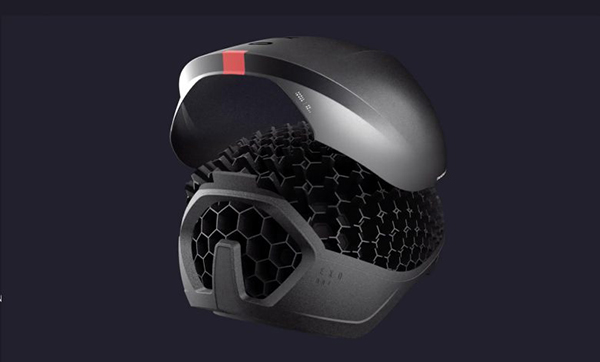It is vital to get familiar with the types of prototypes before choosing them for product development in your company. In general, rapid prototyping is considered best to manufacture individual parts instead of manufacturing assemblies of the parts. Therefore, you can only test a single prototyped part either you have to create assemblies from it or use it individually.
Prototypes are divided based on the required accuracy, development stage of the product, and purpose of its manufacturing.
Prototypes are not similar to the final product form always. It depends on the aims and goals of the product designer. As mentioned above, prototypes are categorized on the basis of fidelity or accuracy. Here are some types of prototypes.
- Low-Fidelity Prototype:
Low-fidelity prototypes are simple and are produced quickly to test the validity of the idea. For example cardboard mock-ups and paper sketches.
- High-Fidelity Prototype:
This type of prototype is similar to the final product in its appearance and functionality.

3D printed helmets, *picture from 3dprintingmedia.network
Rapid Prototyping Techniques:
Choosing the most appropriate rapid prototyping technique is vital for your prototype and business success. Each technique of rapid prototyping has its own pros and cons. Some are more speedy and compatible with the used material and others are more costly. So it is important to take a deep dive into its techniques to choose the best for you.
You are not restricted to using only one technique. You can use different techniques of rapid prototyping to make the most of this process.
- Additive Manufacturing: Selective Laser Sintering (SLS), Stereo Lithography (SLA), Direct Metal Laser Sintering (DMLS), Fused Deposition Model (FDM), and poly jetting are some common techniques of rapid prototyping.
Other techniques of rapid prototyping include CNC machining prototyping and investment casting.
Let’s read about these techniques.
- Selective Laser Sintering (SLS):
In this technique, a laser is used to manufacture functional parts by polymer powder through sintering. Due to the internal porosity of the selective laser sintering parts, they are brittle but contain good tensile strength.
It is durable and has excellent accuracy and is suitable for coloring and dying.
However, its cons include the limited choice of the material and grainy texture of the product.
- Stereolithography (SLA):
In this procedure, a laser is used to cure resin and build parts with the liquid from a pool of liquid resins. This procedure is perfect for the production of lower-end functional prototypes, molds, and patterns. SLA provides the freedom to prototype parts rapidly with an excellent surface finish.
This is cost-effective and gives an excellent surface finish. Its cons include its slower speed and requirement of support structures, which have low strength.
- Fused Deposition Modelling:
This procedure manufactures 3-dimensional parts by extruding and melting thermoplastic resins. Due to its ability to print in recognized composites and polymers. It produces usable, long-lasting parts.
Compared to selective laser sintering and stereolithography, fused deposition modeling is cheaper and is also useful to manufacture complex-shaped parts.
The presence of ripple effect due to layering is one of the biggest drawbacks of this process.
